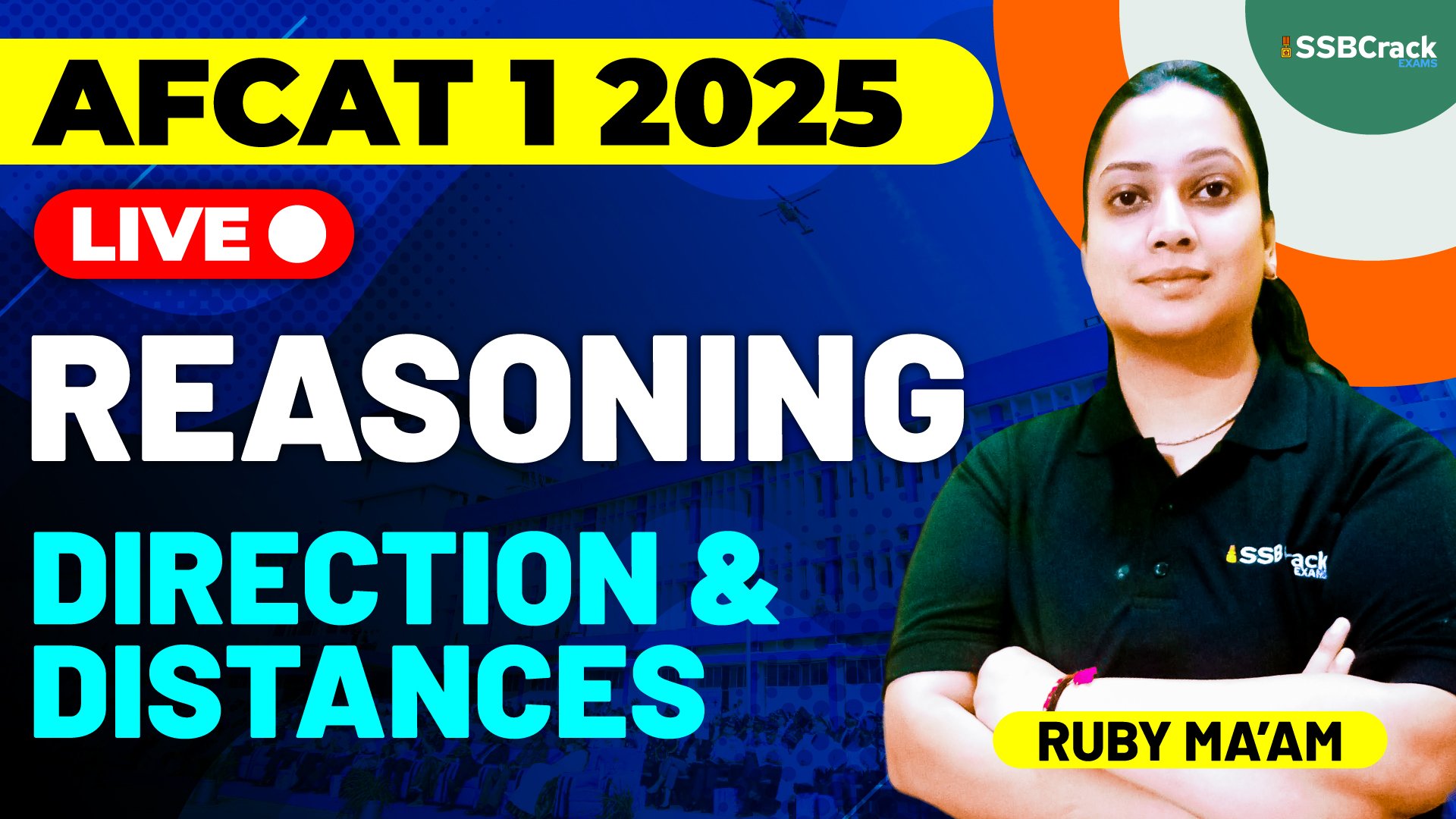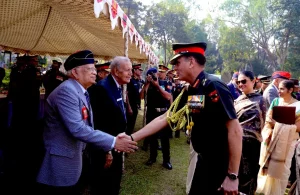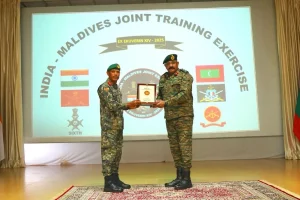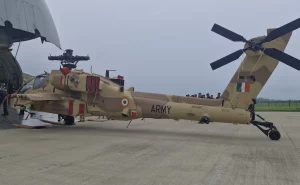For any aspiring officer preparing for the Air Force Common Admission Test (AFCAT), developing a strong grip over every section of the exam is crucial. One such important topic is Directions and Distances—an integral part of the Reasoning and Military Aptitude section. Mastery in this topic not only aids in scoring well in AFCAT but also nurtures cognitive skills essential for future roles in the Air Force.
1. Critical Role in Spatial Awareness
One of the core qualities required of an officer in the Indian Air Force is excellent spatial awareness. A clear understanding of directions and distances enhances your ability to visualize, understand, and estimate relative positions of objects or people. Whether it’s in actual combat or day-to-day navigation in the Air Force, spatial understanding is paramount.
The problems based on directions simulate real-world scenarios, where you are required to deduce information about orientation, routes, or travel based on given data. In AFCAT, such questions gauge how well you can mentally map and move through space.
2. Effective Decision Making in Time-Critical Situations
The nature of an officer’s role involves making quick decisions—whether it’s in the air or on the ground. AFCAT challenges your decision-making skills, and questions on Directions and Distances test how efficiently you can derive solutions with speed and accuracy.
When dealing with directions, you’ll often face situations where you need to mentally follow instructions like, “turn 90 degrees left, then walk 200 meters,” or “move southeast for 5 km, then take a right.” Such scenarios simulate the kinds of real-world instructions Air Force officers may encounter in missions.
3. Enhances Logical and Analytical Thinking
Questions on Directions and Distances in AFCAT require aspirants to think logically and analyze data meticulously. Typically, these problems involve step-by-step deductions based on initial inputs. Misinterpreting a direction or distance can result in an incorrect conclusion. Practicing these questions refines your logical thinking, enabling you to process multiple pieces of information and deduce accurate outcomes efficiently.
For example, a question might state:
- “A person starts from point A, walks 5 km towards the east, turns left, and walks 3 km. He again turns left and walks 2 km. What is the final position from the starting point?”
To solve this, an aspirant must be able to mentally picture each turn and step, breaking the question into manageable parts. Such an approach also helps to improve memory retention and comprehension of complex details.
4. Building Confidence in Navigation
In a military career, navigation plays a significant role. AFCAT’s Directions and Distances questions serve as a foundation for future training that focuses on aerial navigation, map reading, and orientation. The skills you develop here will help you in understanding air navigation when you take up positions in reconnaissance, strategic planning, and real-time operations as an officer.
Furthermore, pilots and ground officers must understand directionality in detail to ensure missions are completed accurately. Whether it’s coordinating strikes, determining entry points, or even communicating locations, an officer needs to have clarity on directions.
5. Boosting Your AFCAT Score
The Directions and Distances section is generally considered scoring because it does not require intensive memorization, unlike some other sections. With sufficient practice, this section can become one where you consistently score high marks. Questions tend to be straightforward but require quick and clear thinking. By mastering this topic, you’re essentially securing easy points that will contribute significantly to your overall AFCAT score.
6. Preparation Tips for Directions and Distances
Here are some effective strategies to prepare for Directions and Distances:
- Practice with Diagrams: Visualize each problem. Draw small diagrams to help map out directions and positions on paper. It simplifies complex problems and makes it easier to keep track of turns and distances.
- Focus on Keywords: Words like “left,” “right,” “clockwise,” and “counterclockwise” are critical. Stay mindful of these in every question.
- Memorize Cardinal Directions: North, South, East, and West should be at your fingertips. Also, be comfortable with intercardinal directions like Northeast, Southwest, etc., as they may appear in certain problems.
- Solve Mock Tests: Timed practice with mock AFCAT tests will help you simulate real exam conditions. The more you solve, the better your speed and accuracy will become.
- Stay Calm Under Pressure: In AFCAT, time management is key. You might encounter tricky direction questions under pressure. Stay calm, follow the steps methodically, and avoid jumping to conclusions.
Conclusion
Mastering Directions and Distances for AFCAT isn’t just about scoring well in one section of the exam; it’s about developing the mental sharpness and spatial reasoning that will serve you in your Air Force career. Whether you’re navigating a mission or making split-second decisions under pressure, the ability to analyze directions, calculate distances, and visualize spaces will become a key skill set.
With dedicated practice and the right mindset, you can confidently tackle this section and improve your overall performance in AFCAT. Stay committed, stay focused, and success will be well within reach!



















